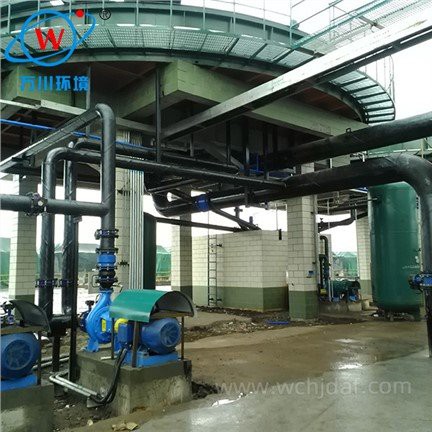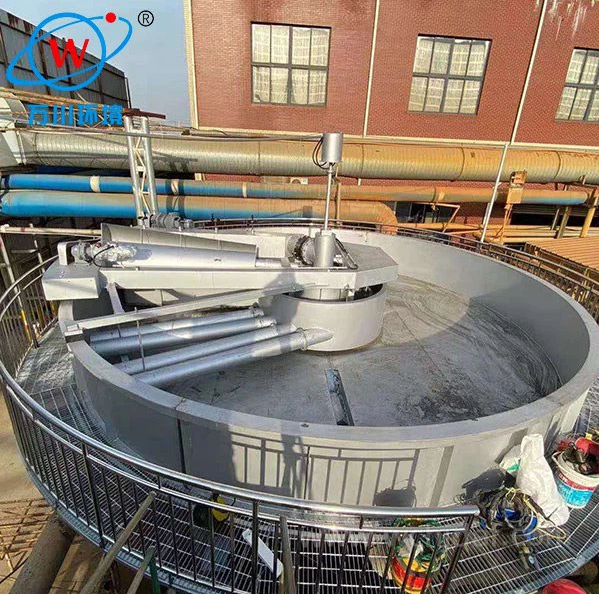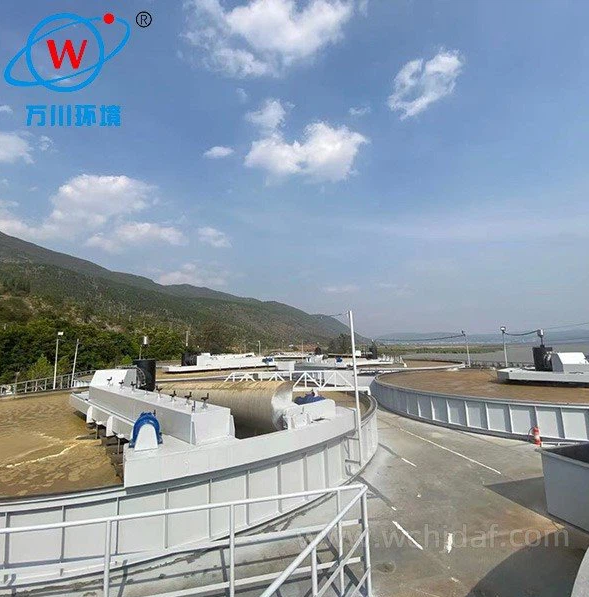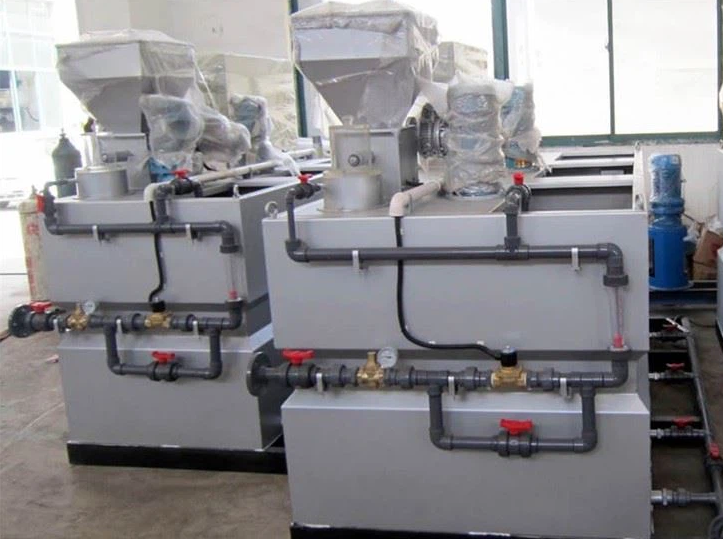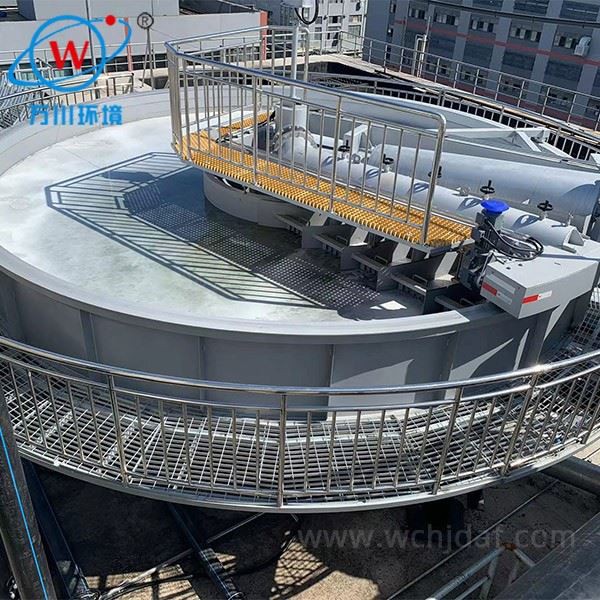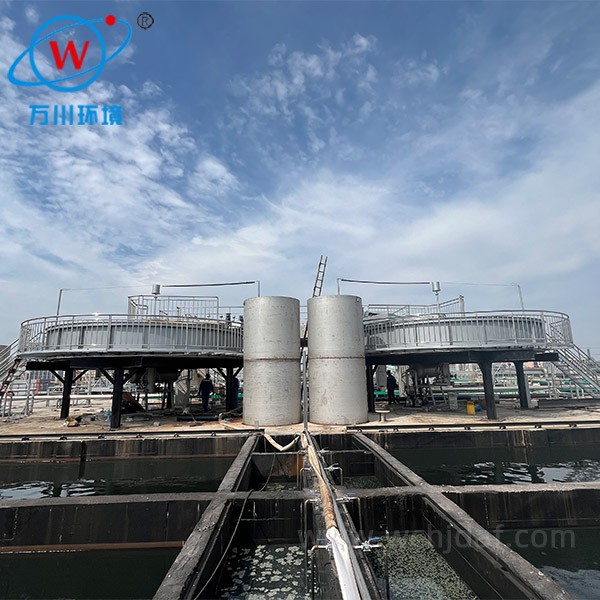Residence Time in DAF Systems
Optimizing the critical operational parameter that shapes treatment outcomes
Dissolved Air Flotation (DAF) residence time is a critical operational parameter that directly shapes the treatment outcome, as it dictates the duration available for key processes—flocculation, bubble-particle attachment, and solid-liquid separation—to occur effectively.
Insufficient Residence Time
Insufficient residence time undermines each stage of the DAF process. In the flocculation phase, short residence time leaves insufficient time for flocculants to react with suspended particles and form stable, dense flocs.
Small, loosely structured flocs struggle to attach to micro-bubbles; even if attachment occurs, the fragile flocs may break apart before reaching the water surface. This leads to incomplete separation, with many fine particles remaining in the treated water and reducing effluent clarity.
Excessive Residence Time
Conversely, excessively long residence time also harms treatment performance and efficiency. Once stable bubble-particle complexes have risen to form a sludge layer on the water surface, prolonged retention does not improve separation further.
Instead, it can cause the sludge layer to become overly thick or compact, increasing the risk of sludge re-entrainment. Turbulence in the flotation tank—even minor—may disrupt the compacted sludge, causing solid particles to fall back into the treated water.
Optimal Residence Time
Optimal residence time balances the needs of all DAF processes: it provides enough duration for flocculants to form robust flocs, for bubbles to attach securely to these flocs, and for the complexes to rise to the surface and form a manageable sludge layer—without unnecessary delays that risk sludge re-entrainment or reduced throughput.
- Factors such as the nature of the wastewater (e.g., particle size, pollutant type)
- Floc characteristics influence the ideal residence time
- The core principle remains consistent: residence time must align with the pace of the DAF system's key reactions
- Maximizes separation efficiency and ensures high-quality effluent
Key Takeaway
Finding the optimal residence time is essential for effective DAF operation. It requires balancing sufficient time for processes to complete without allowing excessive time that reduces efficiency or causes operational issues.

